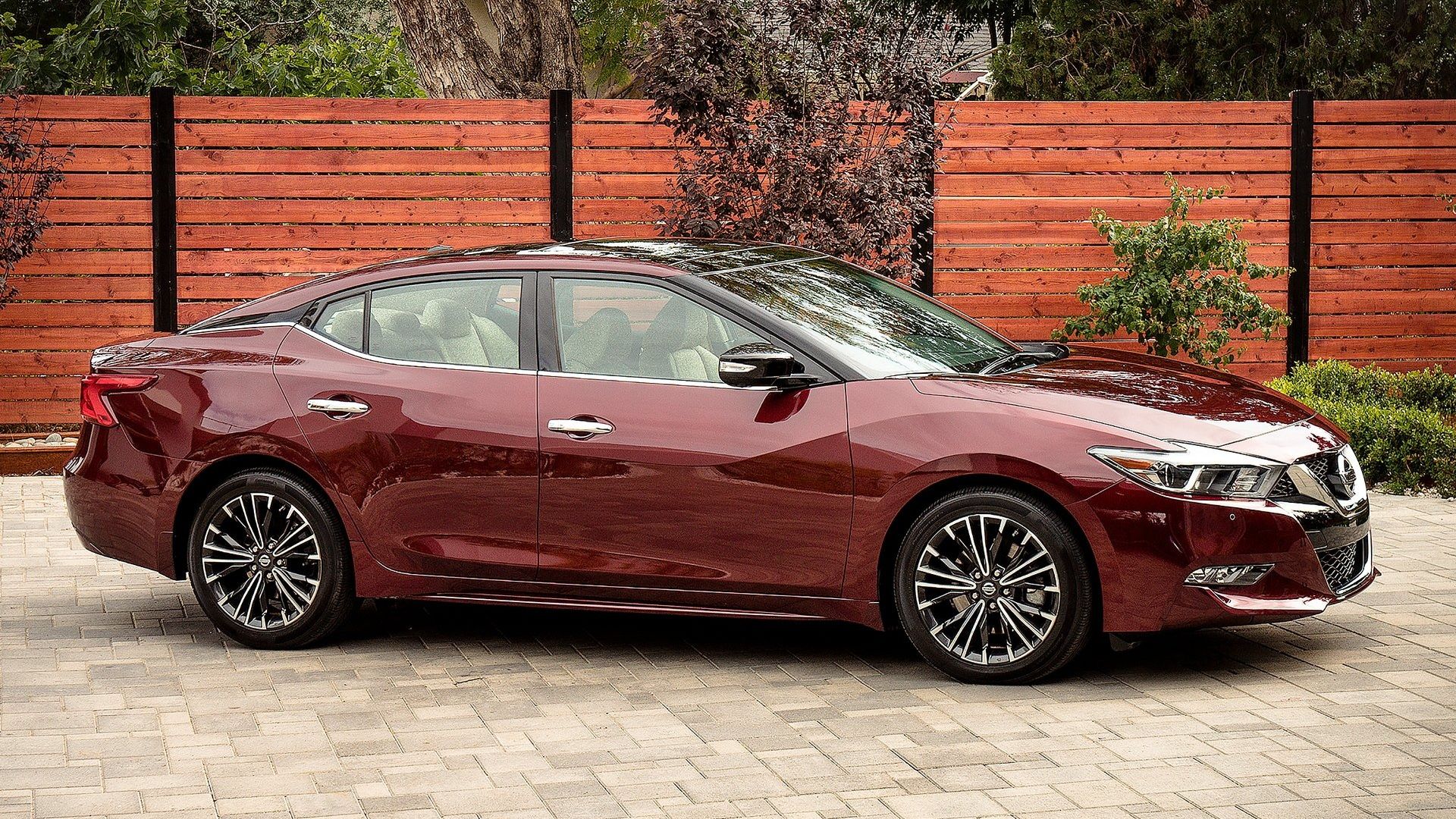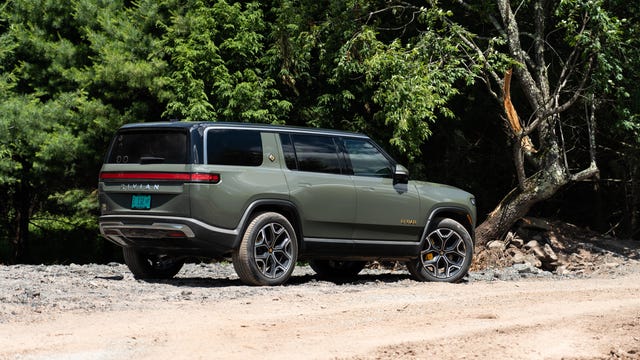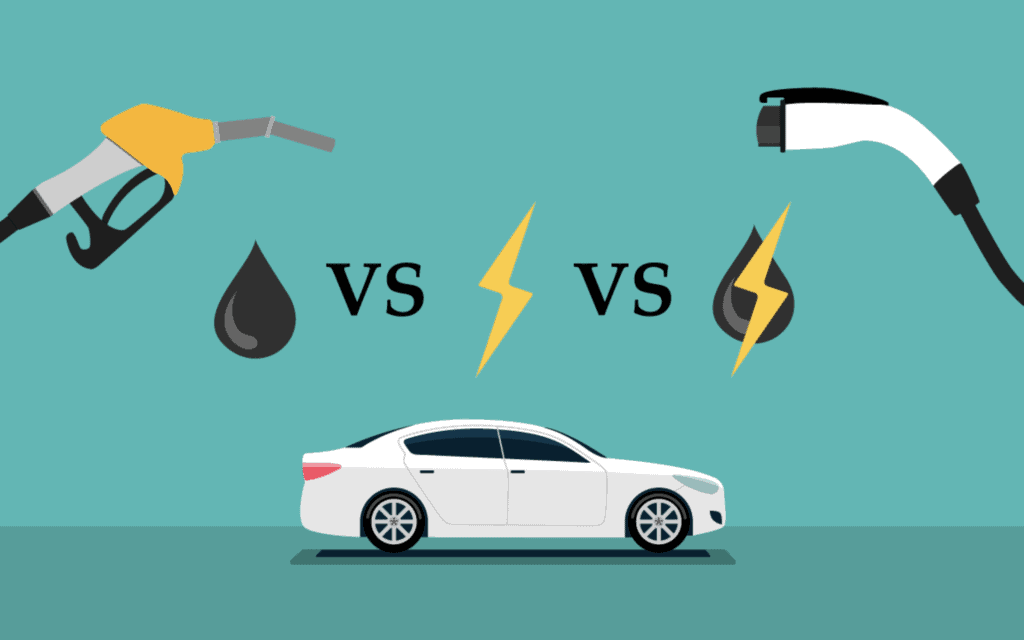What to Expect from US Car Tariffs in 2025 the international automotive landscape is undergoing a seismic shift. As trade policies tighten and geopolitical tensions simmer, US car tariffs 2025 are emerging as a hot-button issue. Industry stakeholders, from manufacturers to end consumers, are bracing for what could be a transformative year for global car trade. Let’s peel back the layers and explore how these tariffs are likely to reshape the roads ahead—pun intended.

Tariffs: Not Just a Tax
A tariff isn’t just a financial penalty—it’s a lever of geopolitical power. In 2025, the United States is expected to wield this lever with renewed vigor, especially as it seeks to recalibrate trade imbalances and reinforce domestic manufacturing. These new US car tariffs 2025 won’t operate in a vacuum; they’re deeply intertwined with broader economic and diplomatic strategies.
The intention? To discourage foreign automakers from undercutting American firms, bolster domestic production, and ultimately strengthen the U.S. economy. But of course, with every action comes an equal and opposite reaction—and the global response will be anything but passive.
Snapshot of 2024: The Precursor to Policy
To understand 2025, we need to glance in the rearview mirror. In 2024, the Biden administration began signaling more assertive trade positions, especially toward China, Mexico, and the European Union. With increasing concerns over unfair subsidies and market saturation by foreign electric vehicles (EVs), the groundwork for US car tariffs 2025 was laid.
The tone was cautious yet assertive. Trade representatives floated proposals to hike duties on select categories of imported vehicles—particularly EVs and luxury SUVs. They weren’t just targeting high-volume imports; the focus was precision—aimed at segments where American innovation is struggling to keep pace.
Who’s Getting Hit?
Expect 2025 to be a challenging year for:
- European automakers, particularly German marques that dominate the U.S. luxury market.
- Chinese EV manufacturers, many of whom have gained traction due to competitive pricing and advanced battery technologies.
- Mexican car assemblers, especially as rules of origin tighten under the USMCA’s evolving guidelines.
The United States is likely to introduce tiered tariff structures. That means certain brands or vehicle classes may face tariffs as high as 25–35%, while others might slide by with minimal impacts depending on supply chain transparency and local investment.
Domestic Automakers: Friend or Foe?
While it might seem like US car tariffs 2025 will benefit Detroit’s Big Three—Ford, GM, and Stellantis—things aren’t quite so simple. Sure, higher import duties can shield them from aggressive price competition. But they also complicate their global supply chains, many of which rely heavily on foreign parts and assembly operations.
In a world where no car is truly “Made in One Place,” even American brands could feel the pinch. Increased costs on imported engines, batteries, and microchips might push prices up across the board, affecting everything from economy sedans to hybrid SUVs.
The Consumer Conundrum
Spoiler alert: car prices are going up. Whether you’re eyeing a slick EV from Shanghai or a classic American muscle car with foreign underpinnings, chances are the sticker price in 2025 will reflect tariff-inflated costs.
Analysts predict that US car tariffs 2025 could raise average vehicle prices by $1,000 to $3,000 depending on make and model. For budget-conscious buyers, that’s a big deal. The used car market might see a resurgence, while leasing could become more attractive as buyers hedge against long-term costs.
EVs in the Crossfire
Electric vehicles are front and center in the tariff discourse. The U.S. government has made bold climate pledges, aiming for EVs to represent 50% of new car sales by 2030. But ironically, US car tariffs 2025 might temporarily hinder that goal.
Many of the world’s most affordable EVs are produced in China, and to a lesser extent, South Korea and Europe. By slapping tariffs on these imports, the U.S. could create a bottleneck in the EV supply pipeline—at least until domestic production scales up to meet demand.
In response, expect a flurry of federal incentives for U.S.-made EVs, battery plants, and rare earth processing. It’s a classic carrot-and-stick approach: penalize imports, reward domestic production.
Supply Chain Reengineering
Here’s where things get wild. To dodge US car tariffs 2025, multinational automakers will likely embark on a frenzied reshuffling of their supply chains. That could mean:
- Building more assembly plants on U.S. soil
- Increasing parts localization to meet origin thresholds
- Partnering with American companies for logistics, materials, and labor
In essence, the automotive supply web will become more regionalized. It’s a pivot toward “friend-shoring”—the practice of prioritizing trade relationships with politically aligned nations. Look for increased U.S. collaboration with Canada, South Korea, and certain Eastern European economies as a workaround strategy.
Labor and Employment: A Mixed Bag
Job creation is one of the core justifications for US car tariffs 2025. By encouraging local production, the administration hopes to boost employment in sectors like automotive assembly, logistics, and materials engineering.
However, this boom might come with growing pains. U.S. plants, especially in unionized states, often have higher labor costs. That could prompt a cost crunch for employers, possibly leading to automation surges or offshoring of auxiliary services.
On the flip side, high-paying technical roles in battery development, software integration, and EV infrastructure will flourish, especially in the Midwest and Sun Belt regions.
Geopolitical Dominoes
Don’t think for a second that US car tariffs 2025 will go unanswered. The EU, China, and other trade giants are already preparing countermeasures. These could range from reciprocal tariffs on American cars and agricultural goods to restrictions on rare earth exports critical for EV batteries.
We’re not just talking trade here—we’re entering the territory of economic chess. Each move triggers a cascade of consequences, and the global auto industry is the game board.
Environmental Irony
Here’s an awkward twist: while tariffs aim to localize production and reduce emissions from global shipping, they might paradoxically increase environmental strain in the short term.
Why? Because newer, greener models from abroad could be priced out of reach, leaving U.S. consumers stuck with older, less efficient vehicles. Until domestic EV capacity catches up, we may see a temporary dip in overall fleet efficiency.
Investors: Buckle Up
For Wall Street, US car tariffs 2025 are a double-edged sword. Domestic manufacturers could see stock spikes as protectionist policies buffer them from international competition. Meanwhile, global automakers with significant U.S. market shares might underperform.
Venture capital is already pivoting toward homegrown EV startups, lithium refining projects, and vertical integration plays. The logic is simple: invest where the tariffs don’t reach.
Tech Integration: Who Gains?
One unexpected winner in this tariff saga? Tech firms. As automakers scramble to meet domestic sourcing requirements, they’ll increasingly rely on local tech partners for everything from infotainment systems to autonomous driving modules.
Silicon Valley is already warming up to the idea, with companies like Nvidia, Qualcomm, and Apple exploring deeper integrations into automotive ecosystems. With fewer foreign vehicles entering the market, U.S.-centric innovation will get more shelf space.
Looking Ahead: 2026 and Beyond
The US car tariffs 2025 won’t just be a one-year experiment. Their impact will ripple well into the next decade, setting the stage for a more inward-looking, self-reliant U.S. auto industry. We’re entering an era of recalibration—a deliberate shift from globalization to strategic localization.
By 2026, expect a leaner, more agile American auto sector. It may be less diverse in the short term, but more resilient against supply chain shocks and diplomatic flare-ups.
Final Thoughts
In 2025, the automotive world won’t just be dealing with machines—it’ll be grappling with mandates, motives, and a massive shift in momentum. The US car tariffs 2025 are more than just a fiscal policy; they’re a defining moment for how America sees its industrial future.
Brace yourself, folks. The road may get bumpy, but where there are turns, there’s also traction.













